Rearing Mealworms (Darkling Beetles)
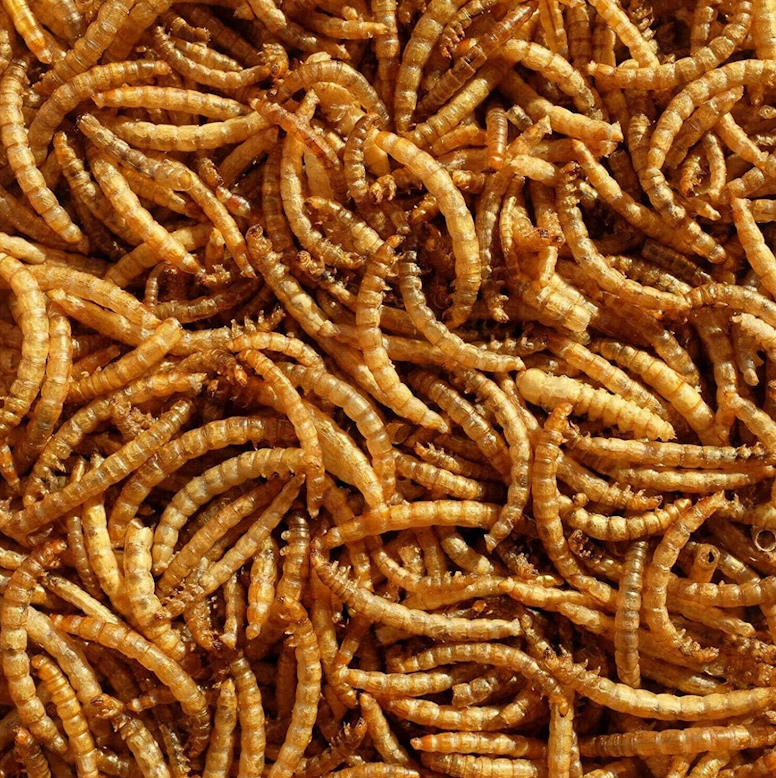
Why breed mealworms for your homestead?
Well, to start with, your chickens will go mental for these. They are brilliant at getting new chickens used to you as they simply can't resist them and even your most nervous chicken will run around after you to get some. It's a great way of coaxing your chickens into a new coup as well as into their runs after dark. In addition to making your hens happy, the high protein and fat content make them a healthy treat, particularly for chickens in need a bit of a pick-me up (e.g. when they are moulting).
How many mealworms should I feed my chickens?
During warmer months, you should aim to feed anything up to about 12 mealworms per day, but in winter, or when a pick-me up is needed, I give me mine about 20 per day.
What type of mealworms can I feed them?
There are two types of mealworms you need to be aware of: the ones which are alive and those which are dead (dried). This is particularly important if you live in a country where it is illegal to feed chickens dried mealworms (e.g. the UK). The rational behind this ban is all about reducing the passing on of diseases. Dried mealworms are often imported from other countries that have different rules and regulations. There is a risk that the dried mealworms you purchase may have come into contact with (or been fed) animal protein. Animal protein has the potential to pass on diseases - hence the ban.
Where can I get them from?
You can pick them up from nearly all pet stores. I purchased my very first batch from a small local pet store for less than the price of a coffee. These all ended up as treats for my girls, but over time I purchased more and eventually started breeding from them.
How do I breed Mealworms?
Breeding mealworms is very easy. The main thing you need to know, is how to keep them alive and this is also very simple.
To keep them alive, you will need:
- A plastic container.
- A lid if you have other curious pets that might decide to investigate further.
- Food and substrate: oatmeal, cornmeal or wheat bran
(I've read that you can also feed them breadcrumbs however I've not tried that - yet..).
- Water: Don't place a container of water in the tub - they will drown - they are not smart. Instead, use a chunk of apple, carrot or potato. I prefer potato because it generally lasts the longest before going bad.
To breed them you will need:
- Some mealworms or darkling beetles and not much else really.
- However, a colander and a couple of spare tubs will yield higher productivity.
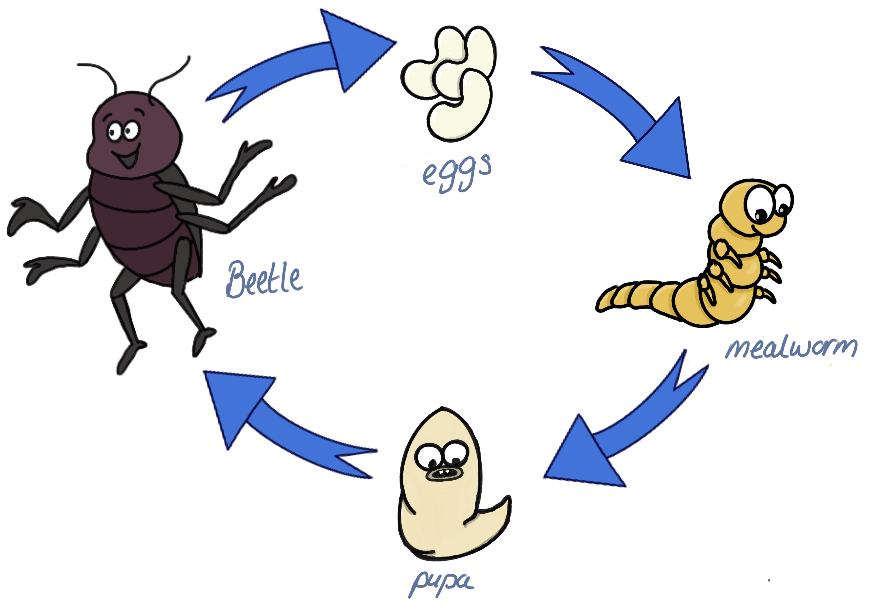
Mealworms have 4 life stages: egg > larva (mealworm) > pupa > adult (darkling beetle.)
The beetles will eat the pupa, the mealworms and the eggs. Mealworms will also eat the eggs. This is why you will have a higher yield of mealworms if you have numerous plastic pots, allowing you to separate them into their different life stages. This is also where the colander comes in handy.
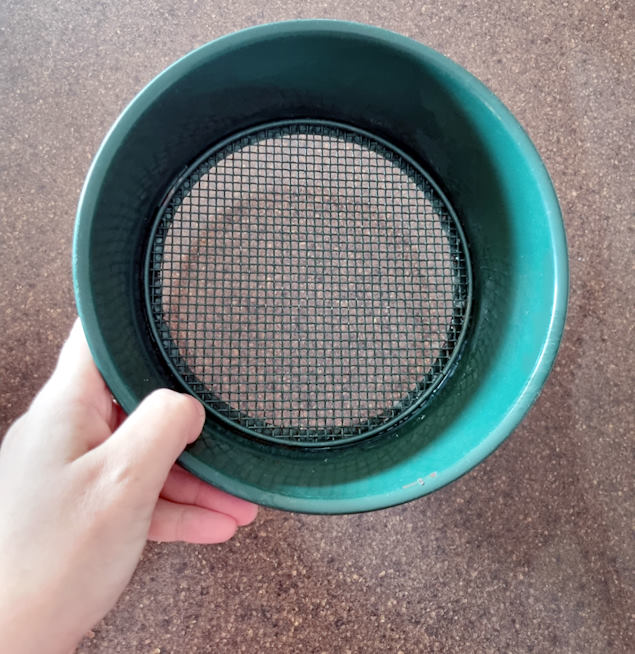
My one, which you can see here (it's a gardening one), has very tiny holes. They are just big enough for the bran flakes to fall through and too small for the beetles to fall through.
Once every 2-3 weeks, I pour the contents of my 'beetle's' tub (including the beetles) through the colander. This leaves me with a pile of bran flakes (or oatmeal) and thousands of eggs, and a bunch of beetles in my colander.
I add fresh bran flakes to my beetle's tub and return the beetles. The eggs and the old bran flakes are added to my 'egg/baby mealworms' container. Note - it can take several weeks before you can see the mealworms even after they have hatched as they are ridiculously tiny.
I also have another container for larger mealworms who might like to munch on the eggs, as well as another for mealworms who have transformed into pupa. I guess you could keep the pupa with the eggs until they become beetles as long as you are prepared to regularly check and remove the beetles.
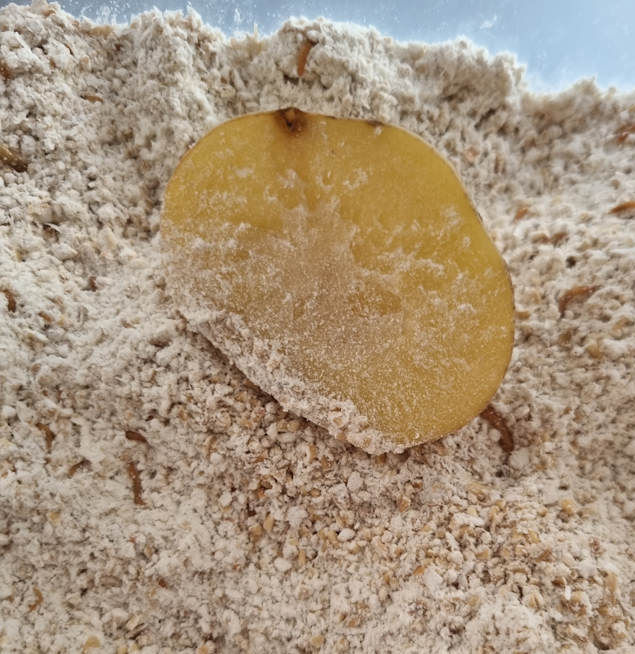
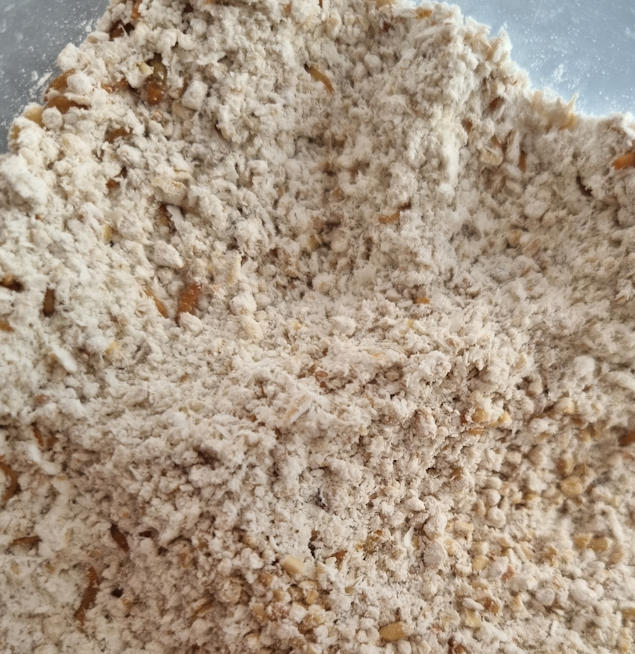

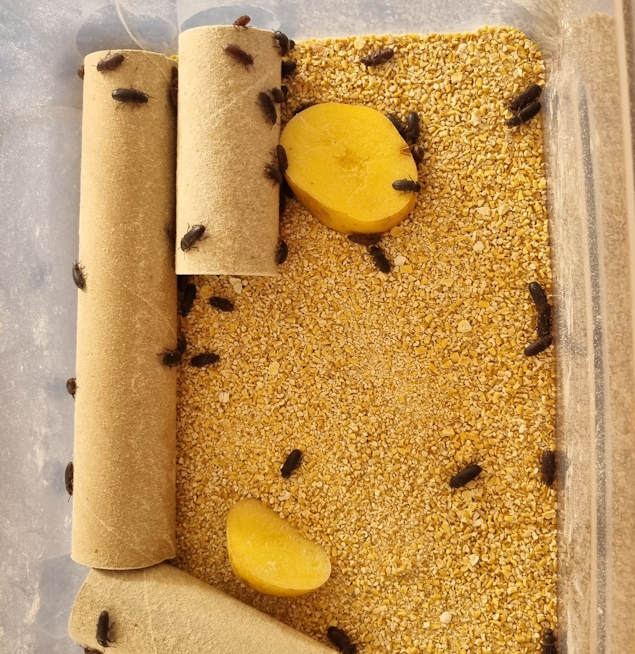
I generally keep my lot in the garage between Spring and Autumn and bring them inside during winter. Mealworm growth and beetle reproduction will slow down when it is colder. The optimum and most productive temperature is between 25-30 degrees celsius.
You could start off your breeding batch from just one tub of purchased mealworms, but it will take time to grow enough darkling beetles to breed enough mealworms for your chickens. On average each beetle will lay 70-100 eggs every so often for a period of about 2-3 months (at which point they die of old age). She only lays up to 500 eggs in this period - so you will need to hold off feeding your chickens the mealworms until you have a healthy supply of beetles, and can continue to maintain a healthy supply of beetles.